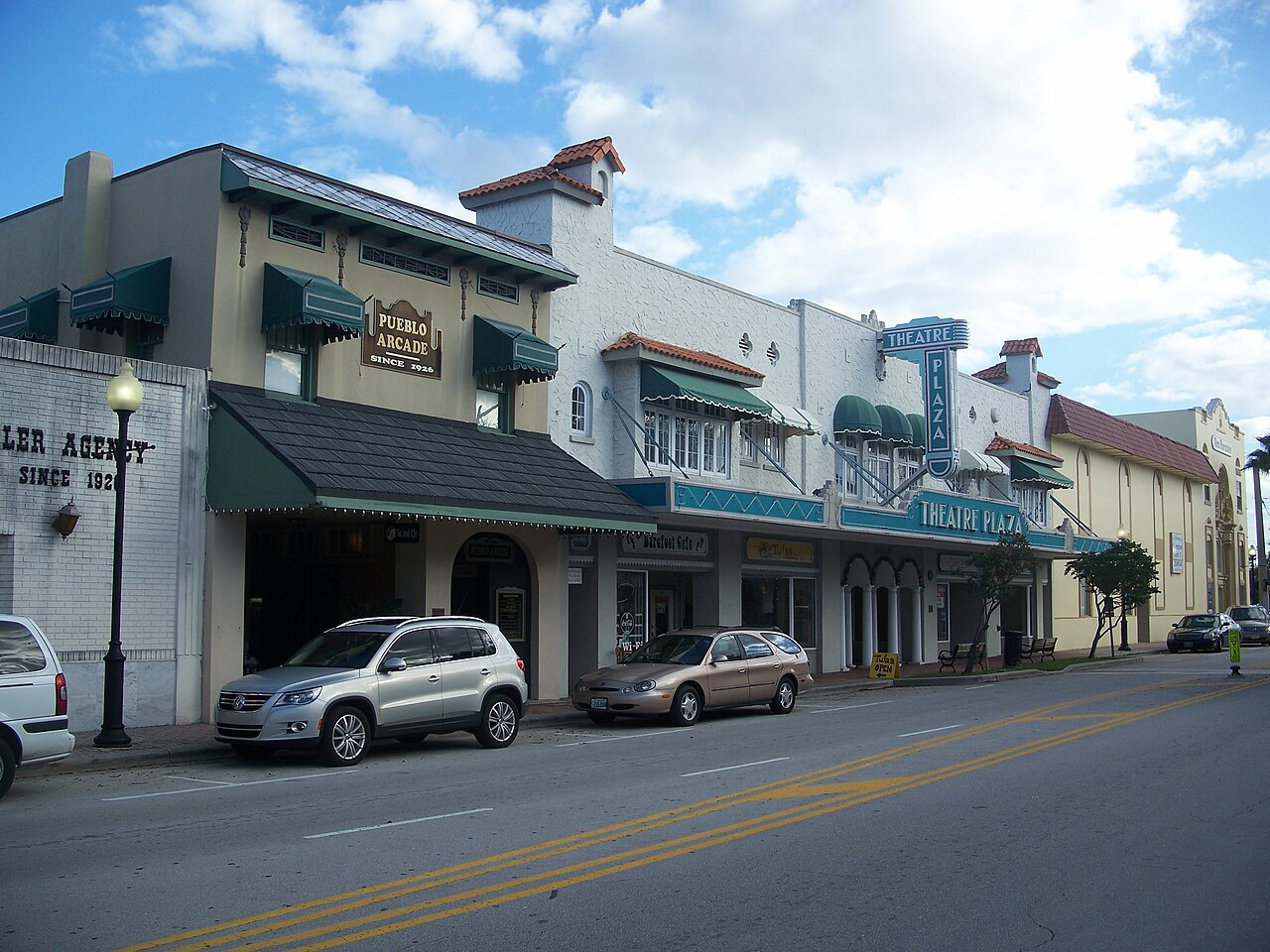A Beautiful Coastal Gem
Vero Beach, a charming city on Florida’s east coast, is known for its beautiful beaches, rich history, and vibrant culture. This small yet significant city has a history that dates back thousands of years and has evolved into a modern, thriving community.
Early History: A Time of Native Americans
Before European settlers arrived, Vero Beach was inhabited by Native American tribes, including the Ais and the later Seminoles. These tribes were known for their fishing and agricultural skills, which they honed in the fertile lands and waters around Vero Beach.
European Settlement: The Arrival of Pioneers
In the 18th and 19th centuries, European settlers began to arrive. They were attracted to the area’s natural resources and potential for agriculture and fishing. The city was originally part of St. Lucie County until Indian River County was formed in 1925.
The 20th Century: Growth and Development
The early 20th century saw significant growth in Vero Beach. The construction of the Florida East Coast Railway in the early 1900s made the area more accessible, leading to an influx of settlers. The city was officially incorporated in 1919, marking a new era of development.
The Citrus Industry: A Driving Force
A key factor in Vero Beach’s growth was the citrus industry. The region’s warm climate and fertile soil were ideal for growing citrus fruits, especially oranges and grapefruits. This led to the establishment of several citrus companies and contributed significantly to the local economy.
World War II: A Turning Point
During World War II, Vero Beach played a crucial role as the site of the Naval Air Station Vero Beach. This brought an influx of military personnel and their families, boosting the local economy and leading to further growth and development.
Post-War Era: Expansion and Modernization
After the war, Vero Beach continued to grow and modernize. The construction of new roads and infrastructure, along with the continued growth of the citrus industry, helped the city to prosper. In addition, tourism began to play a more significant role in the local economy.
Cultural Growth: A Flourishing Arts Scene
Vero Beach is also known for its vibrant arts scene. The Riverside Theatre and the Vero Beach Museum of Art are just two examples of the city’s cultural offerings. These institutions host a variety of performances and exhibitions, drawing visitors from all over the region.
Environmental Conservation: Protecting Natural Beauty
In recent years, Vero Beach has placed a strong emphasis on environmental conservation. The city is home to several nature preserves and parks, such as the Pelican Island National Wildlife Refuge, which offer residents and visitors alike the chance to experience Florida’s natural beauty.
Image Source:https://en.wikipedia.org/wiki/Pelican_Island_National_Wildlife_Refuge
Today: A Thriving Coastal City
Today, Vero Beach is a thriving city that balances growth and development with the preservation of its natural and cultural heritage. It continues to be a popular destination for tourists and a beloved home for its residents, offering a unique blend of history, culture, and natural beauty.
Vero Beach’s history is a testament to the resilience and adaptability of its people. From its early days as a Native American settlement to its current status as a modern city, Vero Beach has continually evolved while maintaining its unique charm and character. As the city moves forward, it remains a beautiful and vibrant community, treasured by those who live there and admired by those who visit.
Question and Answers about Vero Beach, Florida
Q1: What are the origins of Vero Beach, Florida? A1: Vero Beach has a rich history dating back to the times when Native American tribes, such as the Ais and Seminoles, inhabited the area. These tribes were skilled in fishing and agriculture.
Q2: How did Vero Beach develop in the early 20th century? A2: The early 20th century was a period of significant growth for Vero Beach, largely due to the construction of the Florida East Coast Railway. This development made the area more accessible, leading to an influx of settlers. The city was officially incorporated in 1919.
Q3: What role did the citrus industry play in Vero Beach’s history? A3: The citrus industry was a major driving force in Vero Beach’s growth. The area’s warm climate and fertile soil were ideal for growing citrus fruits like oranges and grapefruits. This led to the establishment of numerous citrus companies, significantly boosting the local economy.
Q4: How did World War II impact Vero Beach? A4: During World War II, Vero Beach hosted the Naval Air Station Vero Beach, which brought a significant number of military personnel and their families to the area. This contributed to the local economy and catalyzed further growth and development in the city.
Q5: What makes Vero Beach unique in terms of culture and environment today? A5: Today, Vero Beach is known for its vibrant arts scene, with institutions like the Riverside Theatre and the Vero Beach Museum of Art. The city also emphasizes environmental conservation, with several nature preserves and parks like the Pelican Island National Wildlife Refuge. This blend of cultural richness and natural beauty makes Vero Beach a unique and attractive destination.






